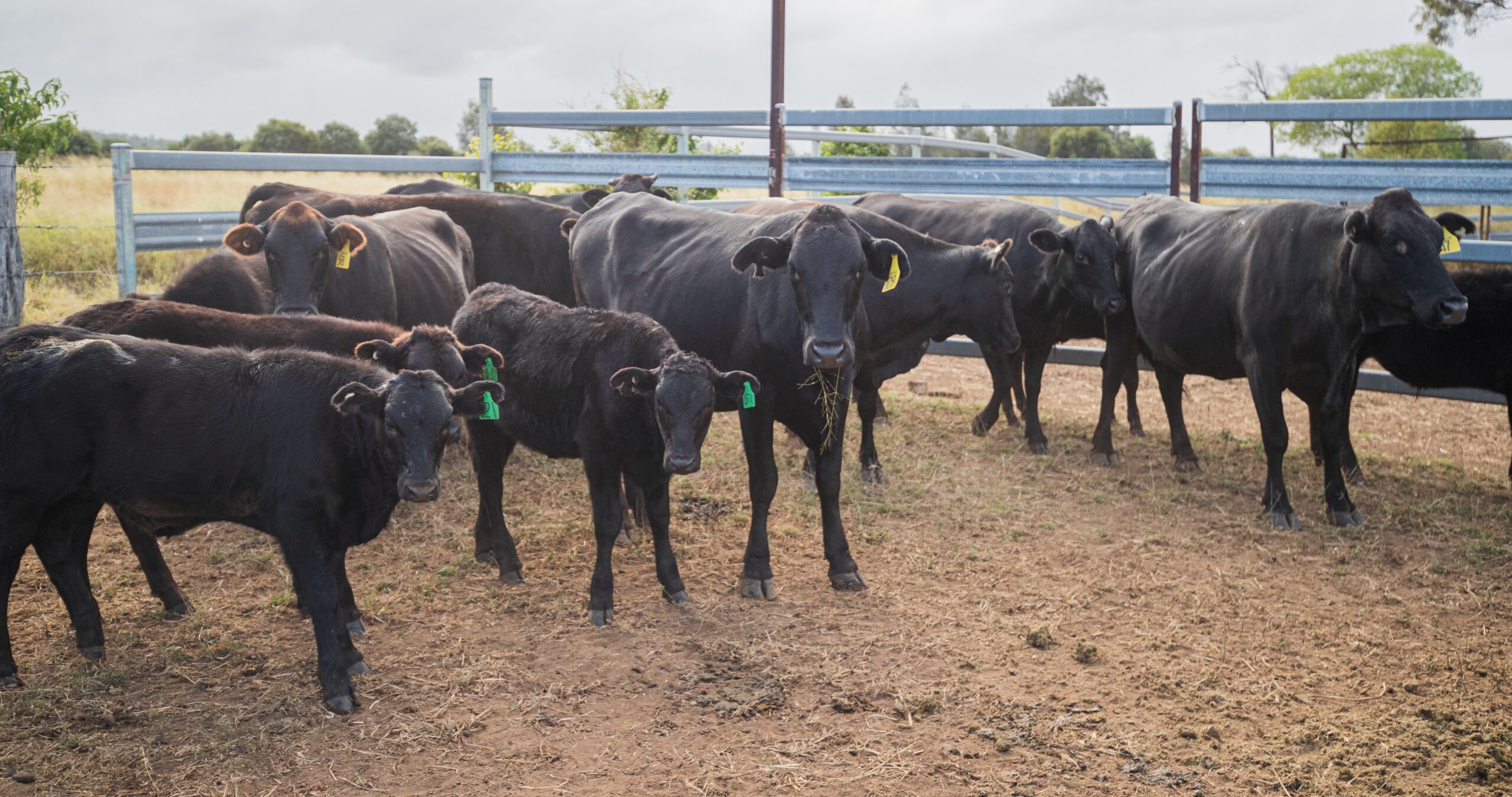Converting to a Wagyu beef enterprise
 Brahmans were first introduced to Australia in 1933. Today the national beef herd consists of around 25 million cattle with Brahman genetics contributing around 50%. With vast areas of previously unproductive land pioneered and developed into profitable beef enterprises using Brahman cattle, the growth and development of the Australian Brahman has been described as one of the greatest livestock revolutions in history. It transformed the northern beef industry from near bankruptcy to an efficient and highly profitable enterprise which now contributes millions of dollars annually towards domestic and export income.
Brahmans were first introduced to Australia in 1933. Today the national beef herd consists of around 25 million cattle with Brahman genetics contributing around 50%. With vast areas of previously unproductive land pioneered and developed into profitable beef enterprises using Brahman cattle, the growth and development of the Australian Brahman has been described as one of the greatest livestock revolutions in history. It transformed the northern beef industry from near bankruptcy to an efficient and highly profitable enterprise which now contributes millions of dollars annually towards domestic and export income.
The first Wagyu genetics were imported into Australia in 1988 and over the last 30 years Australian Wagyu beef has become the best in the world outside Japan. In this time the Wagyu breed has proven to be extremely productive and profitable throughout Australia due to their survivability, reproductivity and unique marbling. Wagyu and Wagyu cross cattle also receive significant price premiums in both feedlots and abattoirs, making the Wagyu breed significantly more profitable than a typical Bos indicus crossbred herd.
An analysis conducted by Department of Agriculture and Fisheries economist on a Central Queensland property (8,700 ha; 1,500 Adult Equivalents) using long term cattle prices (averaged over July 2008-November 2015) suggested that converting from a Bos indicus crossbreed herd to Wagyu genetics over time by replacing current herd bulls with full-blood Wagyu bulls would greatly increase the profitability of the business. Converting to a Wagyu beef enterprise also allowed for a 23.6% increase in breeder numbers as the optimal age of turn-off of the Wagyu steers was nine months of age and approximately 149 kg lighter.
The analysis concluded that the transition to Wagyu genetics would take seven years to reach to full price premium for cattle sold. The improvement in the profitability in this scenario resulted in an extra $32,943 profit/annum with 13.72% internal rate of return. However, the transition to Wagyu genetics could cause a significant short-term impact on a properties’ cash flow ($269,104 less in this example) presenting an obstacle to some businesses. Also, it was identified that the transition to Wagyu genetics will only remain viable if the price premium for Wagyu beef remains high. If the price premium was to reduce after 10 years, the business would see an almost unrecoverable peak deficit of $1,927,459.
While price premiums for Wagyu beef are currently high, and have been so for several years, the possible reduction in premiums should be considered when deciding if converting to a Wagyu beef enterprise is a suitable financial decision for your business. Additionally, the increase in breeder numbers should also be considered, as property size may be a limiting factor in some locations.
If you are interested in finding out more, please contact your local Beef Extension Officer and they can help you to conduct a whole herd comparison using the Breedcow and Dynama programs. The analysis will identify if converting your Bos indicus crossbred herd to Wagyu genetics would be a profitable alternative to your current operation.